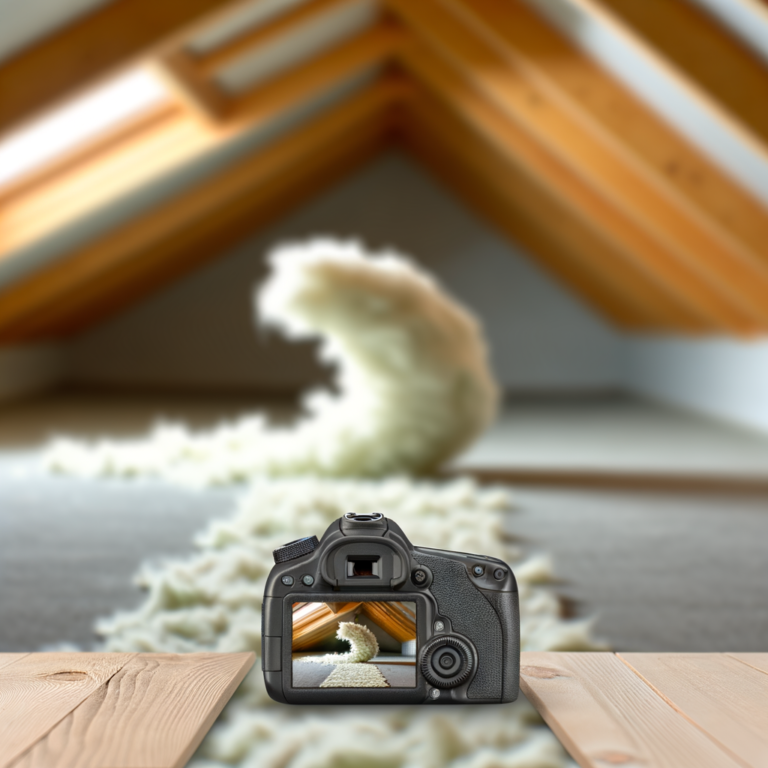“`html
The Ultimate Guide to Blown-in Insulation for Homes

Table of Contents
- Introduction
- What is Blown-in Insulation?
- Benefits of Blown-in Insulation
- Installation Process
- Maintenance and Care
- FAQ Section
- Conclusion & CTA
Introduction
Blown-in insulation for homes is a cutting-edge solution designed to enhance energy efficiency and internal comfort. Widely recognized for its effectiveness in sealing even the smallest gaps, this type of insulation is ideal for maximizing home energy conservation.
What is Blown-in Insulation?
Blown-in insulation, also known as loose-fill insulation, involves small particles of fiber, foam, or other materials that are blown into building cavities or attics using specialized pneumatic equipment. The materials used typically include cellulose, fiberglass, or mineral wool, each possessing unique properties that contribute to energy savings and comfort.
Benefits of Blown-in Insulation
- Enhanced energy efficiency: This insulation type effectively fills cracks and gaps, reducing energy leakage.
- Improved home comfort: It helps maintain a consistent indoor climate, enhancing comfort year-round.
- Noise reduction: Blown-in insulation also serves as an excellent sound barrier, reducing external noise.
Installation Process
Step 1: Preparation
Homeowners should start by assessing the area and ensuring that it is suitable for blown-in insulation. This might involve sealing major gaps or installing vents to prevent moisture accumulation.
Step 2: Blowing the Insulation
Professional insulators will use specialized machines to blow the insulation into place, ensuring even coverage and density.
Step 3: Inspection and Clean-up
Post-installation, it’s important to inspect for consistent application and to clean any residual material from the living spaces.
Maintenance and Care
While blown-in insulation generally requires minimal maintenance, periodic checks are recommended to ensure its effectiveness is maintained. Homeowners should look for any signs of settling or compaction and address them promptly.
FAQ Section
Q: How cost-effective is blown-in insulation?
A: Blown-in insulation is a cost-effective option considering its long-term energy savings and minimal need for maintenance.
Q: Can I install blown-in insulation myself?
A: While it’s possible for experienced DIYers to install blown-in insulation, professional installation guarantees optimal performance and safety.
Q: What is the lifespan of blown-in insulation?
A: Properly installed and maintained blown-in insulation can last over 30 years, making it a durable choice for many homes.
Conclusion & Call to Action
Blown-in insulation offers a formidable solution for homeowners looking to enhance their home’s energy efficiency and comfort. With substantial benefits such as great thermal performance and noise reduction, it’s an investment that pays off in the long run.
🔥 Click Here to learn more about how you can benefit from blown-in insulation.
“`




